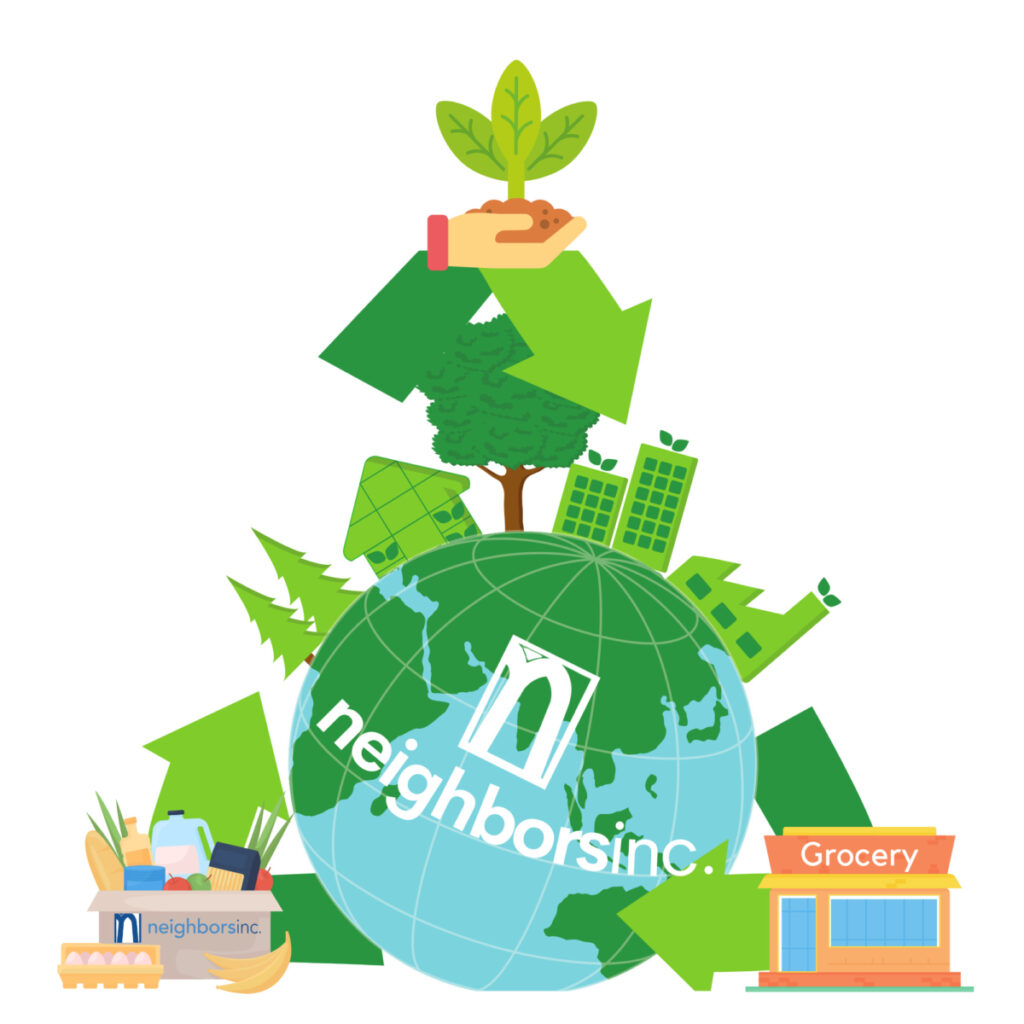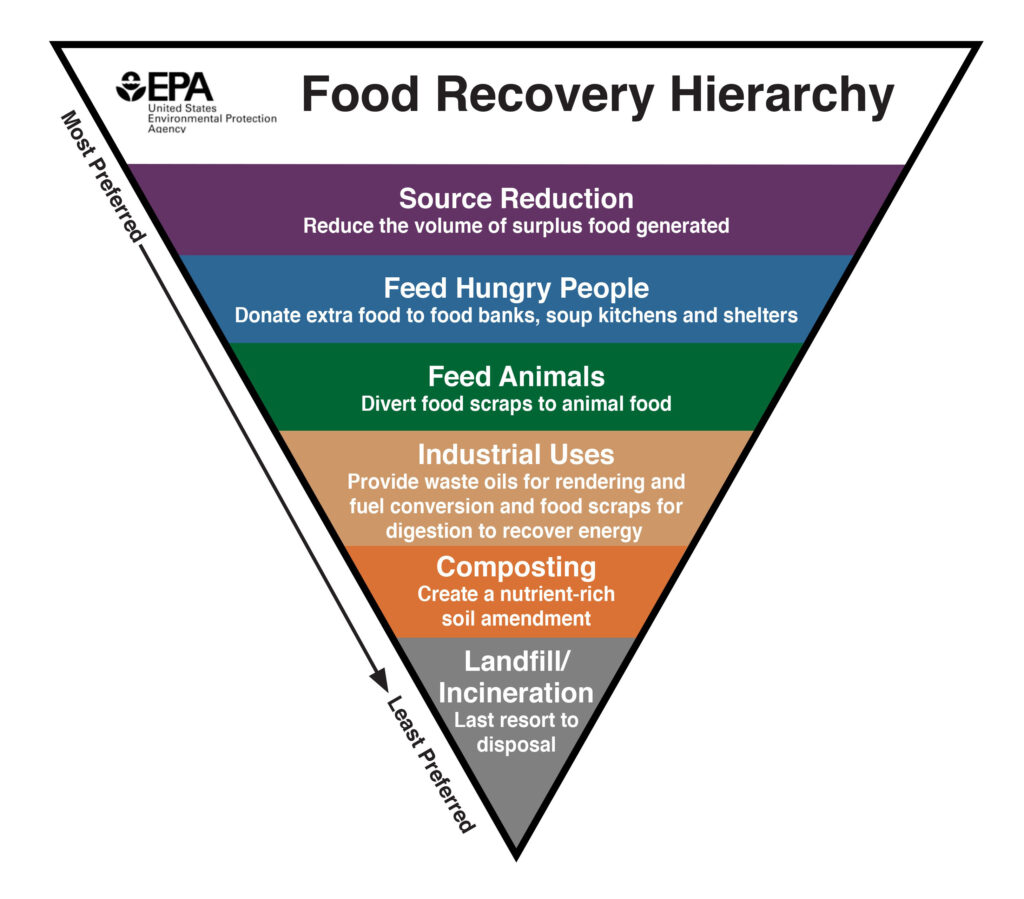
Combating Food Waste and Improving Community Health
By Cody Semo, Marketing & Community Events Coordinator at Neighbors, Inc.
What is Food Waste?
Food can be wasted in a variety of ways: it spoils or is thrown out, foods that could be recycled or donated are not, or efforts are not made to mitigate food waste. Food waste is both a global and local issue with environmental consequences. Fortunately, through food donations and food rescue initiatives, we have the power to combat waste, reduce our environmental footprint, and increase everyone’s access to fresh, healthy produce.
Food waste is an issue in the United States, with an estimated 40% of all food going to waste each year. This represents a great number of resources and energy wasted in growing, producing, and transporting food that never gets consumed. Food rescue is one solution to this problem, as it helps reduce the amount of food that goes to waste by diverting it to people who can use it. Food rescue is beneficial and can be used to combat food waste while improving community health.
What is Food Rescue and how does it work?
Food rescue is a method of reducing food waste by recovering surplus food from grocery stores, restaurants, and other sources and redistributing it to people in need. This process helps redirect food that would otherwise be thrown away and puts it to good use, helping both the environment and communities.
The process of food rescue typically involves working with grocery stores and other businesses to collect and redistribute food that is still safe and edible, but for one reason or another would otherwise go to waste. This can include food that is near its expiration date, overstocked items, and products with minor cosmetic imperfections that do not affect their quality or safety.
Once the food is collected, it is typically sorted and redistributed to community organizations such as food shelves, and other non-profits that serve people in need. These groups then distribute the food to individuals and families who might otherwise go without, helping to improve food security and the overall well-being of our community.
At Neighbors, the process of food rescue starts with a volunteer picking up donations that are specifically set aside for our organization. This usually occurs once or twice a week at each of our partner locations. These items are then brought back to our food shelf, and the total weight is taken as a measurement of how much was collected. Expiration and “use by” dates are then checked again. If the standards are met, the food is then added to our shelves.
How Neighbors Utilizes Food Rescue:
At Neighbors, we believe that reducing food waste is not only an environmental responsibility but also a crucial step in building a stronger, more resilient community. Thanks to our food rescue initiatives, we’ve successfully saved surplus food and transformed it into a valuable resource that fosters community and helps those in need. Neighbors utilizes food rescue at our food shelf, and because of this effort, we contribute to reducing food waste and the overall well-being of our community. Neighbors currently partners with seven local grocery stores. These organizations are committed to reducing food waste, supporting sustainability, and addressing food insecurity in our community. These collaborations are a win-win for both parties.
In the past year, Neighbors has proudly rescued over 352,000 pounds of food resources and nearly 1.7 million pounds over the past five years. On behalf of our organization, we would like to express our sincere appreciation and give credit to our incredible food rescue partners:
- Knowlan’s Fresh Food – South St. Paul
- Kwik Trip – South St. Paul
- Kwik Trip – Eagan
- Oxendale’s Market – West St. Paul
- Target – West St. Paul
- Target – Inver Grove Heights
- Walmart – West St. Paul
To make an impact, we can all play a part. Support your local food rescue organizations, volunteer your time, and spread awareness about the importance of reducing food waste. Together, we can create a more sustainable future, where no one goes hungry, and our communities thrive.
Environmental Protection Agency (2022, August 28)

